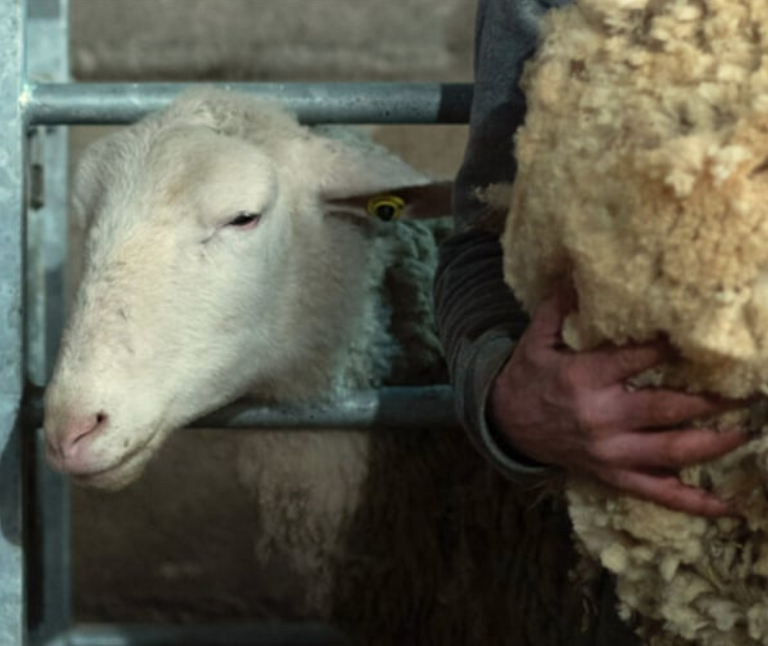
The choice of the North is not innocent. After the first Tricolor Days in Arles, home of the famous merino of the same name, Roubaix and Tourcoing are taking the 65 member bodies and companies to a worsted wool stronghold. This edition is co-organised with the UITH (Union des industries textiles & habillement Nord), and hosted by the project manager Euramaterials and the CETI (Centre européen des textiles innovants). The programme included visits to the Tourcoing-based company Peignage Dumortier, which specialises in the preparation of natural and synthetic fibres, and the Belgian carpet manufacturer Louis De Poortere in Mouscron.
Four areas are at the heart of the industry’s discussions. Starting with quality and fairness. “These two notions are closely linked, because how can quality be improved if the wool has no value: it is imperative that it be valued by the breeders,” explains Pascal Gautrand. Next comes traceability, which must make it possible to measure the quality of the wool obtained and exploitable. The last point is, not surprisingly, responsibility.
This is one of the major themes currently at the heart of Tricolor’s thinking. “In terms of responsibility, we are seeking to work in collaboration with counterpart projects in Europe,” explains Pascal Gautrand. The European wool industry suffers from an imbalance: in large wool-producing countries such as Australia, sheep are mainly raised for their wool. Emissions linked to breeding therefore account for 100% of the wool’s carbon score. In Europe, however, wool is only a “by-product”, a by-product of the food industry. While meat takes on the bulk of the carbon impact of livestock farming, only 1 to 1.2% of the emissions from sheep are attributed to wool.
Taking inspiration from European linen and British Wool
To mark its difference with non-European wools, Tricolor therefore has the idea of establishing a specific carbon score for European wool. In this respect, the association is inspired by the work carried out by the European Flax and Hemp Alliance (ex-CELC), which is creating its own label to differentiate European flax and its virtues from those of other countries.
“To achieve this differentiation, we will first have to prove the viability of the data,” emphasises Pascal Gautrand. For him, the creation of a label is a possibility, if the players in the sector wish to take this direction. Unless an existing label can be adapted to European realities: for example, the sector currently relies heavily on the RWS (Responsible Wool Standard) label, which prohibits mulesing, a practice that consists of removing the skin from around the tail of the sheep, for health reasons. “However, mulesing is not practised in our country,” emphasises the general manager.
Tricolor is also looking across the Channel at the British Wool organisation, “which is a model for us because of the way it is organised”, explains Pascal Gautrand. “Its system is such that it has managed to collect and sell 100% of the wool, even during the worst of the health crisis. A national cooperative system that centralises, sorts and has its own auction system, from which Tricolor does not intend to duplicate the model, but to draw inspiration for its own approach.
In the meantime, the French wool industry has obtained financial support for its Tricolor application. Twenty or so pilot projects are underway to identify areas for improvement in this system, which is intended to support the sector’s players. The aim of the application is to help find outlets for the various stocks of wool available at the different stages of processing.
Another major objective of the sector is to develop technical uses for large volumes of wool, and this goes beyond the sole use in the form of yarn and textiles. Lanolin, a waterproofing fat surplus secreted by sheep, has outlets in cosmetics and cleaning products. Another example: the Peignage Dumortier company obtains 10-15% of “blousses”, wool that can be turned into felt, which used to be massively used in the textile industry.
…
To read – Fashion Network
